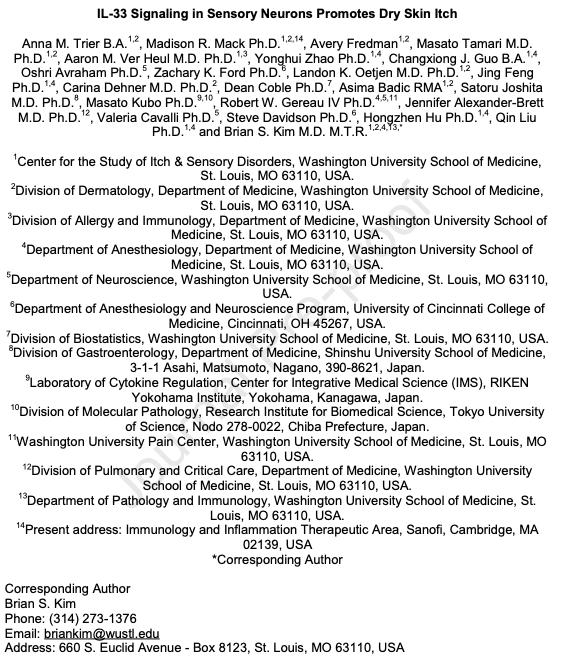Journal Club-2021.12.24
Tentonin 3/TMEM150C regulates glucose-stimulated insulin secretion in pancreatic b-cells
Jungwon Wee,1,4,5 Sungmin Pak,2,4,5 Tahnbee Kim,4 Gyu-Sang Hong,4 Ji Seon Lee,3 Jinyan Nan,3 Hyungsup Kim,4 Mi-Ock Lee,2 Kyong Soo Park,1,3,* and Uhtaek Oh1,4,6,*
1Department of Molecular Medicine and Biopharmaceutical Sciences, Graduate School of Convergence Science and Technology, Seoul National University, Seoul 03080, Korea
2College of Pharmacy, Seoul National University, Seoul 08826, Korea
3Department of Internal Medicine, College of Medicine, Seoul National University, Seoul 03080, Korea 4Brain Science Institute, Korea Institute of Science and Technology (KIST), Seoul 02792, Korea 5These authors contributed equally
6Lead contact
*Correspondence: kspark@snu.ac.kr (K.S.P.), utoh@kist.re.kr (U.O.)
SUMMARY
Glucose homeostasis is initially regulated by the pancreatic hormone insulin. Glucose-stimulated insulin secretion in b-cells is composed of two cellular mechanisms: a high glucose concentration not only depolar- izes the membrane potential of the b-cells by ATP-sensitive K+ channels but also induces cell inflation, which is sufficient to release insulin granules. However, the molecular identity of the stretch-activated cation chan- nel responsible for the latter pathway remains unknown. Here, we demonstrate that Tentonin 3/TMEM150C (TTN3), a mechanosensitive channel, contributes to glucose-stimulated insulin secretion by mediating cation influx. TTN3 is expressed specifically in b-cells and mediates cation currents to glucose and hypotonic stim- ulations. The glucose-induced depolarization, firing activity, and Ca2+ influx of b-cells were significantly lower in Ttn3/ mice. More importantly, Ttn3/ mice show impaired glucose tolerance with decreased insulin secretion in vivo. We propose that TTN3, as a stretch-activated cation channel, contributes to glucose-stim- ulated insulin secretion.
Journal Club-2021.12.24 Read More »

